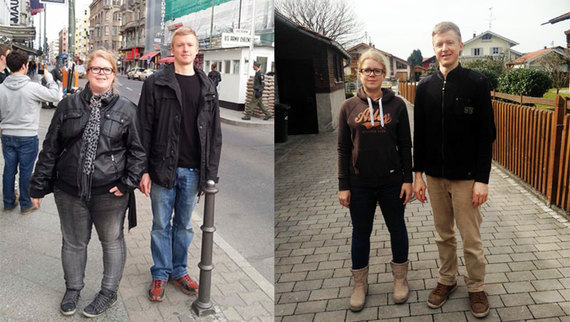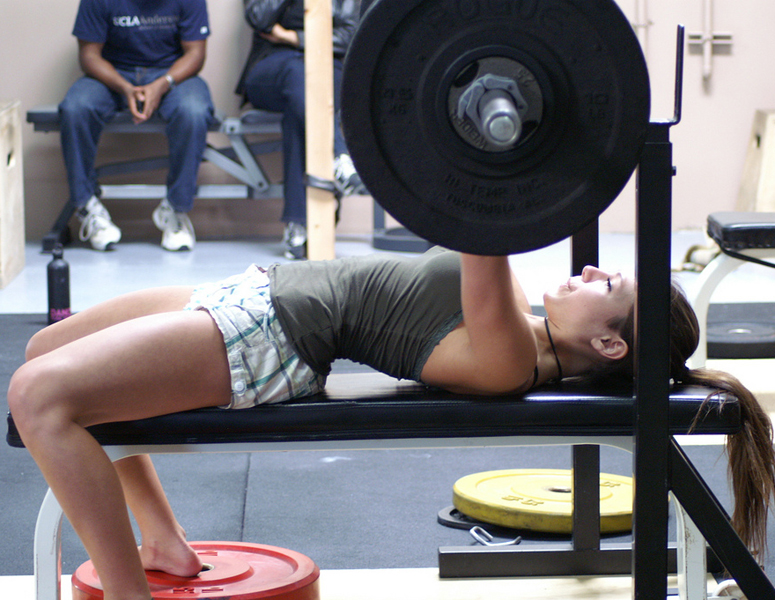Do Not Embark Upon an Abdominal Workout Until You Read This
It is essential to understand the biology of the abdominal muscles before beginning a training programme or routine in order to prevent injury and so that you can better understand the way in which each exercise benefits you and which part it benefits. The abdominals, in relation to other body parts, are relatively simple. There are four main parts and each need to be worked and toned in order to achieve the flat and firm abdominals that you desire.
The abdominal muscles are located between the ribs and the pelvis on the front of the body. The four abdominal muscle groups combine to completely cover the internal organs.
The abdominal muscles are more important than many believe and they most importantly support the upper torso, allow movement of the upper body and hold organs in position by regulating internal abdominal pressure.
The four main abdominal muscles are:
Transversus abdominus - This is the deepest muscle layer. Its main roles are to stabilise the trunk and maintain internal abdominal pressure. It also compresses the abdomen.
Rectus abdominus - Slung between the ribs and the pubic bone at the front of the pelvis. This muscle has the characteristic bumps or bulges, when contracting, that are commonly called 'the six pack'. The main function of the rectus abdominus is to move the body between the ribcage and the pelvis.
External oblique muscles - The external oblique is situated on the lateral and anterior parts of the abdomen. The external oblique muscles allow the trunk to twist, but to the opposite side of whichever external oblique is contracting. For example, the right external oblique contracts to turn the body to the left. It also functions to compress the abdominal cavity, which increases the intra-abdominal pressure.
Internal oblique muscles - The internal oblique muscle is the intermediate muscle of the abdomen, lying just underneath the external oblique and just above the transverse abdominal muscle. These flank the rectus abdominus, and are located just inside the hip-bones. They operate in the opposite way to the external oblique muscles. For example, twisting the trunk to the left requires the left hand side internal oblique and the right hand side external oblique to contract together.
The structure of the abdominals may seem incredibly boring, and perhaps they are, but it is essential to understand before embarking upon an abdominal training programme.
One final thing we must understand is the function of the abs. You may think the only benefit of firmer abs is that you will be presenting a more toned body image but more importantly however, firm abs have strong links to preventing back pain and back injury. The abdominal muscles are key components to providing strength and support to keep the body upright and for movement.
Now that you understand the biology of the abs, you can now begin your abdominal workouts and abdominal exercises so that you can lose the excess abdominal fat that has plagued you for years.
-
Exercises To Reduce Stomach Fat
One of the most common areas of body fat problem is the stomach. The s
-
Make These Seven Changes To How You Eat And You Will Lose Weight
Is it possible to lose weight without di
-
Diabetes Lifestyle Intervention Does Not Reduce Heart Attack Or Stroke Risk
A long-term, intensive lifestyle intervention program for type 2
-
Natural Weight Loss - Using A Pedometer Gets Lasting Results
Many people do not understand the principle of natural weight los
-
A Fat Loss System That Works
Choosing a weight loss program can be a challenging task especially if
-
5 Healthy Foods That Make You Fat
When almost 70% of the population are overweight you really must as
- DON'T MISS
- Does B12 Injection For Weight Loss Work?
- What Tummy Tucks Are About
- Finding the Greatest Herbal Slimming Pills For Fat Damage
- The Almighty Subconscious Mind
- The Best Exercises and Tips to Lose Muffin Tops and Love Handles
- Diet Plans To Lose Weight: By Wayne Burd
- Losing Weight With The Inspiration Of A Partner
- New Year Weight Loss Dos and Donts
- Double Weight Loss By Writing Food Diary
- 1,000 Pound Woman Loses Half Her Weight: “I’m So Much Happier Now”




